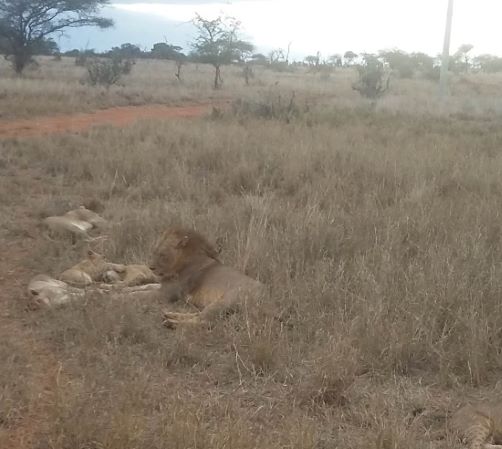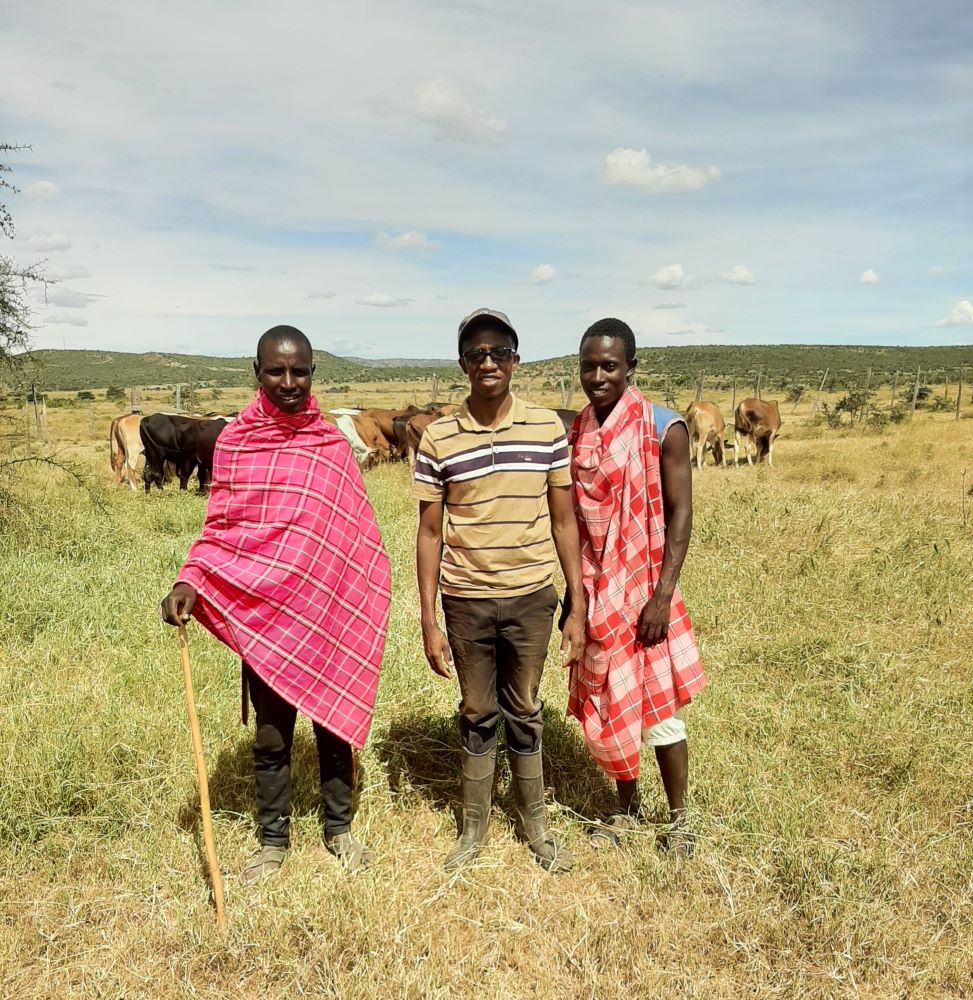African Legends: Facts Vs
Fiction of Wildlife
Wildlife is synonymous with Africa. We have wildlife in Africa but Africans are not living in the wild. Wildlife Safari tours form a big part of Africa tourism industry. The industry is on the rebound from the covid-19 effects. There is another good reason for these visitors: to correct the wrong perception of Africa and the legends. There are some people who think that Africa is all “Tarzan and the Jungle Boy” story.
I know of a young consultant who told of how his family in Europe was concerned over his safety. He was going to Nairobi on a business trip and it was a matter of grave concern to his family and friends. They wondered how safe he would be from wild animals!
One would have thought that with growing global connectivity and travel, these kinds of perceptions based on old legends would not be there. Their persistence is a hint into the way societies deal with biases. Misconceptions may be initially born out of ignorance of changing facts.


The Story of Wildlife and Africa
History with legends of white missionaries and explorers coming to Africa. The visitors met a truly wild side of African life. It was not just the wild animals, their experience with the African tribes’ “primitive” cultures would have been truly jarring. We call it culture shock today. They took back home horror stories of dangers of wild life and wild tribes out there. Then the legends were born and flourish.
The missionaries and explorers were followed by the colonialist who set camp to tame wild Africa and gather resources to drive the industrial economies back home. Encounters with wildlife persisted. A good case is that of the Man Eaters of Tsavo in Kenya. The pair of male lions is said to have eaten about 135 people. The victims were working on building a rail line from the port of Mombasa to Nairobi.
With such early African wildlife stories in the western society, Africa and danger became fabric of folklore. The more the visitors took back such stories the deeper the cultural perceptions. Remembered that once a story like that of the Tsavo tragedy is told, other people become creative with copycat accounts. Most of them will of course be pure fiction but the listeners don’t know any better. Soon a visit from Africa will not be complete without some dramatic account of an encounter with lions and hyenas.
Today the visits have been commercialized into packaged wildlife Safari tours in game reserves and parks. There is great commercial value but this is also a good opportunity to address biases. The stories of the late 1800s and early 1900s should be replaced with new facts such that today in the 2020s, a young man from London is free to travel to Nairobi without the fear of lions.
Social and Economic Value
of Africa Wildlife
Wildlife tourism is big business in Africa attracting millions of visitors every year to enjoy the continent bio-diversity. The big five – Lion, Elephant, Buffalo and Leopard remain a big attraction. The industry supports other industries like those of transport, entertainment as well as agriculture to name a few. The potential for growth is immense. Good stories about Africa would bring more visitors.
The tourists will land in major airports in urban African cities. Many of the locals in those cities have never gone on a game drive. The visitors then get into tour vans and buses and head to the bush to enjoy their excluded stay. The foreign currency flows from tourism earnings form a big part of economies in Africa. The exciting stories the visitors take back home are good for tourism but should be told in a way that will attract business visitors to Africa.
There are of course tribes that live in constant contact with wildlife. A good example is the Maasai people who are found in Kenya and Tanzania. The Maasai have a history with the lions. Until recently, it was required of their young men to kill a lion to proof their bravely. It was not just a reckless destructive habit. The young men were required to protect livestock from wild animals. The wealth of the tribe and their survival was built upon ownership of large herds of cows, goats and sheep.
Today killing wild animals is not safe. Authorities seek to hold culprits to account. Western lifestyle and economic practices have altered the interactions between Africans and the wildlife. A Maasai man born and brought up in urban settings has little to do with the Maasai Mara and associated animals there.
The Facts About Wild Life
in Africa
The truth is that the modern-day African lives in areas far removed from wildlife. African cities are built along western concepts and suited for modern day global business. Unless one is working in the tourism industry or is a local tourist to the game reserves and parks, there daily life is not any different from any other in cities and urban areas the world over.
There have been sensational stories once in a while of a stray animal that escaped from their sanctuary and onto human populated areas. That is not a thing unique to Africa. Yet the fiction about Africans living in a world filled with roaming wild animal has persisted in some minds. It is a good story to promote Africa tourism industry. That is perhaps why such narratives will not meet with strong objections. We do however need to start promoting Africa as a business visitors’ destination as well.

